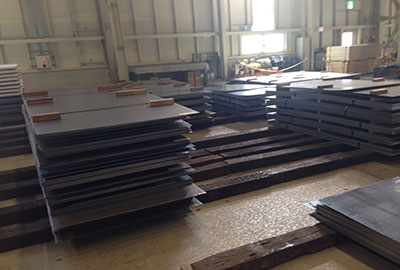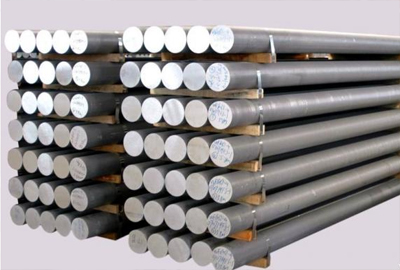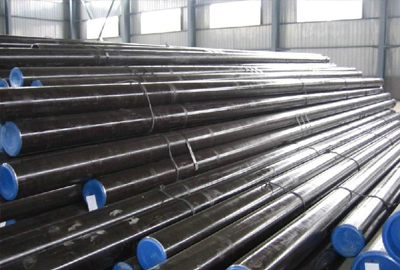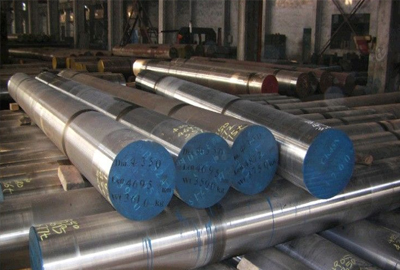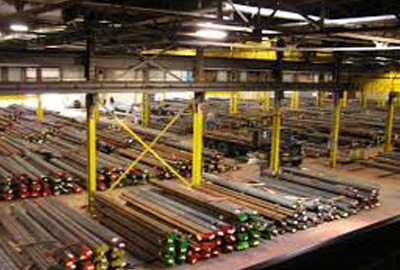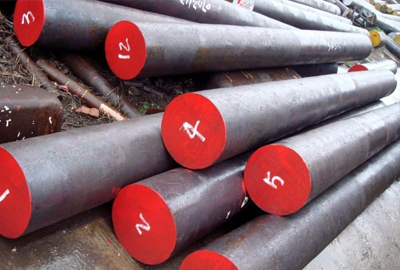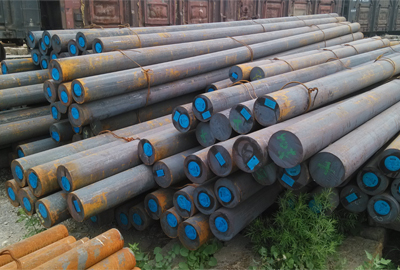Mat.No. 1.0605, DIN C75, AISI 1075
Short Description:
Designation by Standards Mat. No. DIN EN AISI 1.0605 C75 - 1075 Chemical Composition (in weight %) C Si Mn Cr Mo Ni V W Others 0.75 0.25 0.70 - - - - - - Description This is one of the higher carbon steels used for high hardness in the fully hardened condition. In such condition the steel is more brittle than the lower carbon steels. Applications Applications include springs and cutting tools. Physical properties (avarage values) at ambient t...
Product Detail
FAQ
Product Tags
Designation by Standards
| Mat. No. | DIN | EN | AISI |
| 1.0605 | C75 | - | 1075 |
Chemical Composition (in weight %)
| C | Si | Mn | Cr | Mo | Ni | V | W | Others |
| 0.75 | 0.25 | 0.70 | - | - | - | - | - | - |
Description
This is one of the higher carbon steels used for high hardness in the fully hardened condition. In such condition the steel is more brittle than the lower carbon steels.Applications
Applications include springs and cutting tools.Physical properties (avarage values) at ambient temperature
Modulus of elasticity [103 x N/mm2]: 210
Density [g/cm3]: 7.85Soft Annealing
Heat to 925oC, cool slowly.Hardening
Harden from a temperature of 890oC followed by oil quenching.Tempering
Tempering temperature: Please askForging
Hot forming temperature: 1100-850oC.Machinability
The machinability of this steel suffers because of the high carbon content. It rates at 50% that of the AISI 1112 steel that is considered the 100% machinable base reference.Corrosion Resistance
This is a steel and will rust unless protected. It is not a corrosion resistant alloy.Welding
C75 is weldable by all of the welding techniques. However it is important to use pre-heat and post-heat practice as given in approved weld procedure, in order to avoid cracking. Pre-heat at 260 to 320oC and post-heat at 650 to 780oC.Cold working
Cold working of C75 is difficult even in the annealed condition. However it may be done by conventional methods but requires more force than for the low carbon steels.Disclaimer
The information and data presented herein are typical or average values and are not a guarantee of maximum or minimum values. Applications specifically suggested for material described herein are made solely for the purpose of illustration to enable the reader to make his own evaluation and are not intended as warranties, either express or implied, of fitness for these or other puposes. There is no representation that the recipient of this literature will receive updated editions as the become available.
FAQ Content
![[0{7)7UAZ(]4W{5TSMC65Q7](https://www.htsteelmill.com/uploads/077UAZ4W5TSMC65Q7.png)
